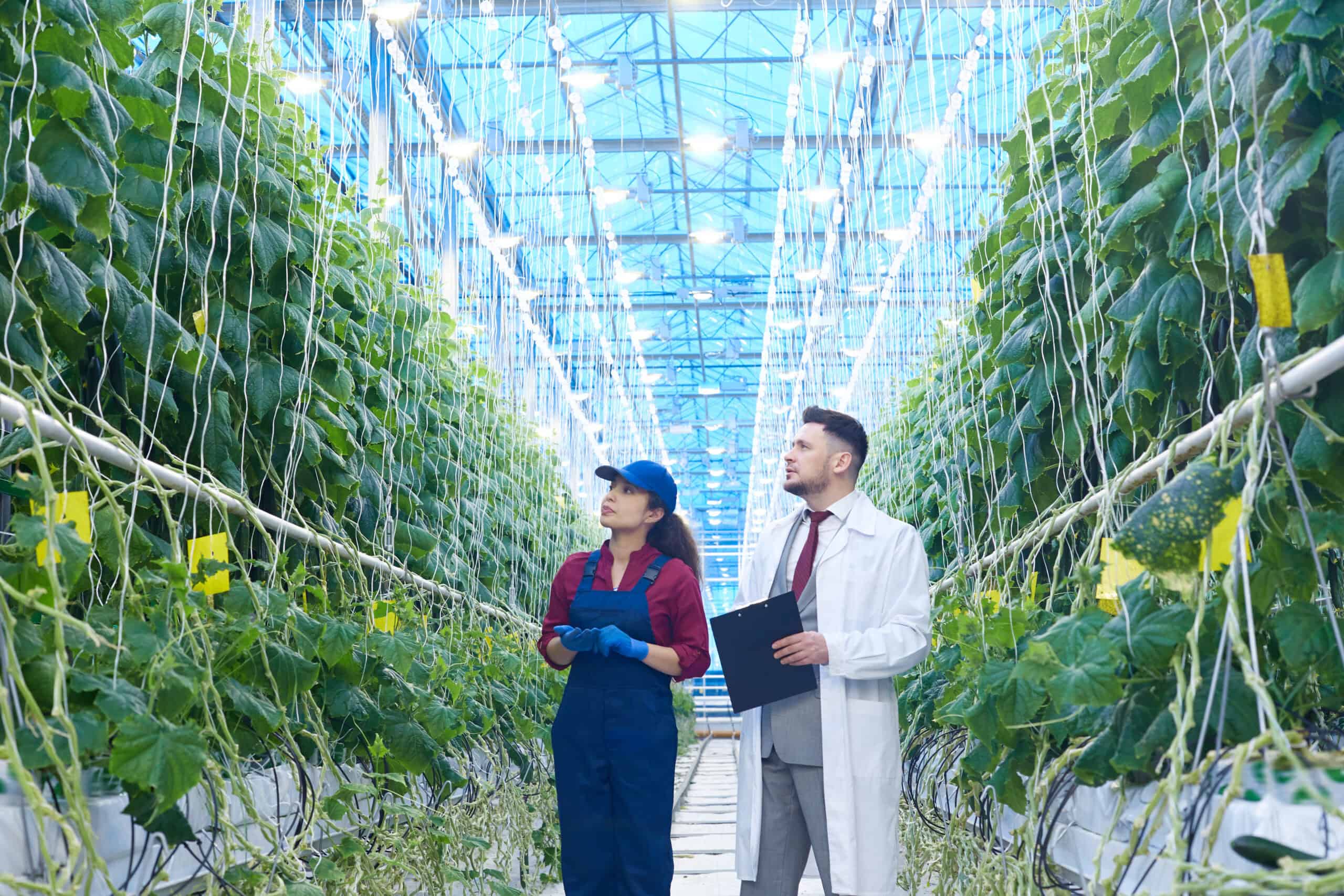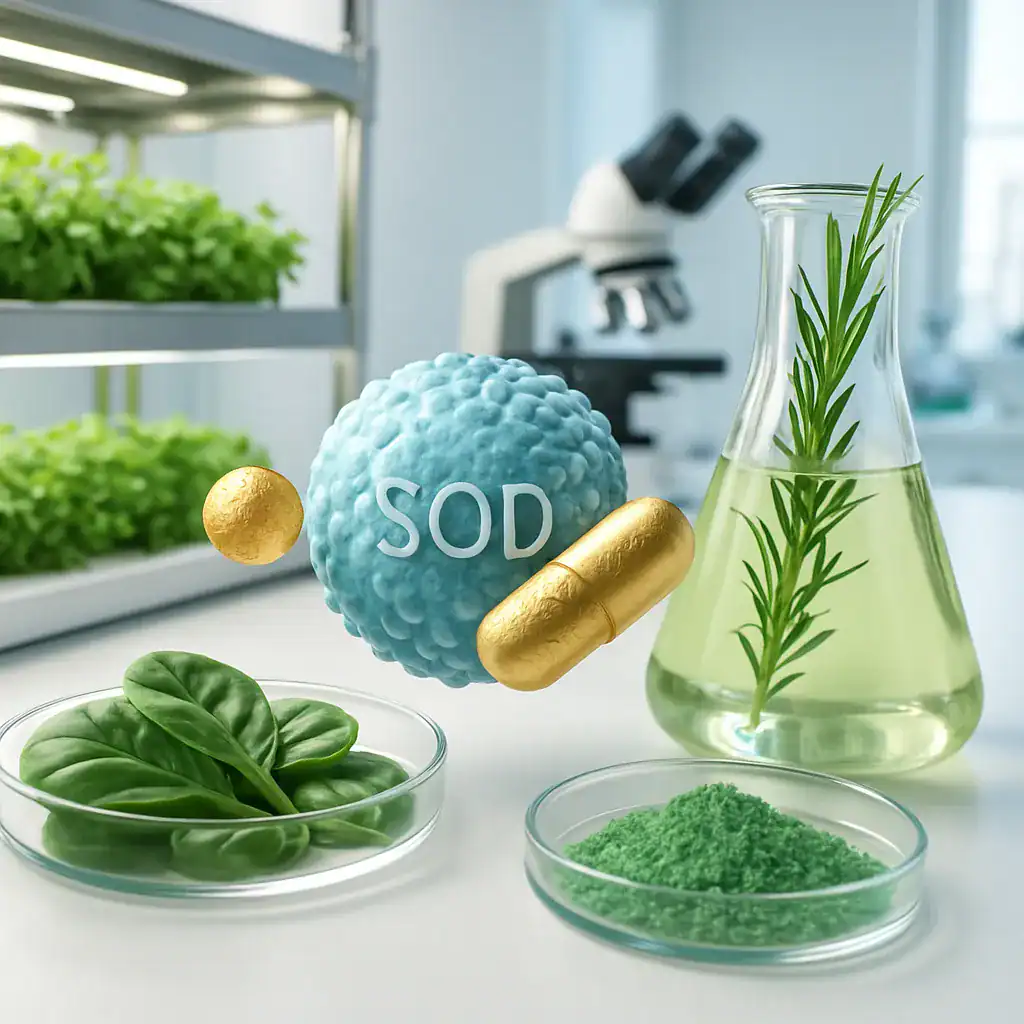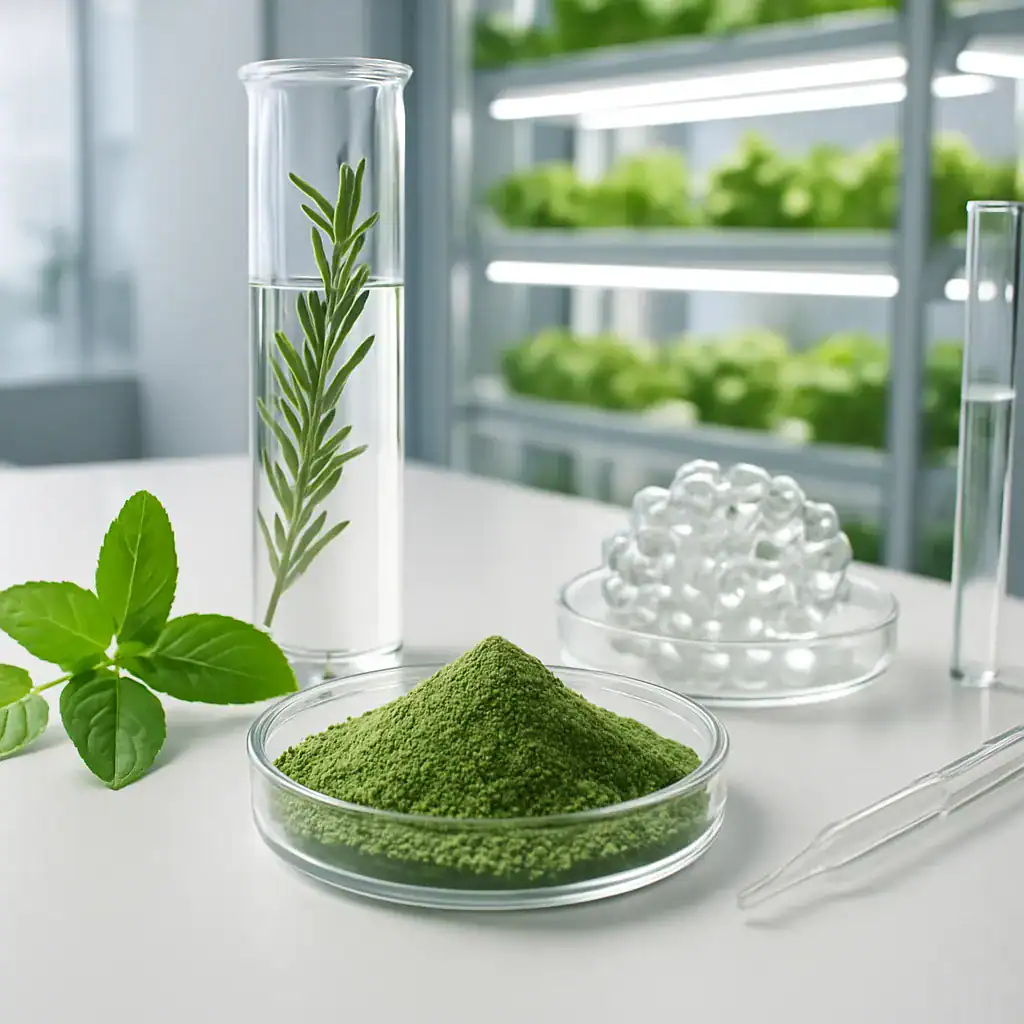Antioxidant enzyme deficiency: what is it and how does it affect your health?
Understanding antioxidant enzyme deficiency: meaning, relevance, and health impacts
antioxidant enzyme deficiency describes your body’s reduced ability to neutralise reactive oxygen species. When key enzymes like superoxide dismutase, catalase, and glutathione peroxidase underperform, you may experience greater oxidative injury to cells. This deficiency can be genetic or acquired through ageing, toxins, or chronic stress. In simple terms, your cells struggle to keep inflammation in check, slower recovery after exercise, and more fatigue. Understanding this deficiency helps you see why dietary choices, lifestyle habits, and targeted supplements could influence your resilience and everyday performance.
In research in journals such as Biochim Biophys Acta and Proc Natl Acad Sci USA, scientists connect lower antioxidant enzyme activity with broader outcomes. In animal models, researchers observe different pathological responses when antioxidant defences are weakened, including changes in tissue repair and in tumour growth. You can support your body’s defences by a diet rich in colourful fruits and vegetables, regular physical activity, and adequate sleep, all of which help enzymes function more effectively and could reduce sustained oxidative injury over time. This is a practical lens for you as you plan meals, supplements, and activities that support your body’s natural defence network.
Our Key Areas of Expertise




In-Depth Analysis of Antioxidant Enzyme Deficiency and Health Outcomes
Biochemical Basis and Pathophysiology
The condition of antioxidant enzyme deficiency describes a diminished capacity to neutralise reactive oxygen species. When enzymes such as superoxide dismutase, catalase, and glutathione peroxidase underperform, cells experience oxidative injury and mounting inflammatory signaling. Over time, this imbalance can compromise mitochondrial function, DNA repair, and protein integrity, contributing to fatigue and slower recovery after exercise. Understanding these mechanisms helps explain why dietary choices, lifestyle habits, and targeted supplementation may influence resilience and everyday performance.
In reviews spanning journals like Biochim Biophys Acta and Proc Natl Acad Sci USA, researchers have linked lower antioxidant defenses with a cascade of outcomes, including broader cellular stress and altered tissue responses. Foundational work by researchers such as Arner ES, Esworthy RS, Chu FF, Carlson BA, and Epstein CJ has helped map the genetic and biochemical determinants that shape these pathways and their clinical relevance. These signals underscore how genetic and environmental factors converge to influence health trajectories when the antioxidant network is compromised.
In animal models, including wild-type mice, different pathological responses emerge as antioxidant defenses weaken. Observations point to distinct tumor growth trajectories and impaired tissue repair, illustrating Detrimental effects on organ resilience under oxidative stress. Such findings bridge basic biochemistry with translational health outcomes, informing risk assessment and preventive strategies in human populations.
From a clinical perspective, the net effect of antioxidant enzyme deficiency includes heightened susceptibility to inflammatory load, slower adaptation to exercise, and greater vulnerability to chronic diseases where oxidative insults accumulate. Integrating this understanding into nutrition and lifestyle guidance can help individuals design strategies to support their endogenous defense systems and mitigate long-term injury markers.
Implications for Production and Formulation
For nutraceutical development, recognizing antioxidant enzyme deficiency as a physiological driver informs targeting of bioactive compounds and delivery systems that preserve enzyme activity and bioavailability. Exosome-based nutraceuticals, exemplified by PhNóva’s Exosomes-Nutra line, offer a platform to protect sensitive enzymes and transport them more efficiently to sites of need, potentially enhancing the efficacy of SOD and related antioxidants. Aligning formulation strategies with the biology of oxidative stress helps ensure products deliver meaningful health benefits rather than transient taste or mouthfeel improvements alone.
Vertical farming botanics deliver plant-derived nutrients that can support endogenous defenses and complement exosome-based delivery. By combining natural materials with advanced nano-delivery, manufacturers can create products designed to reduce the oxidative burden, support inflammatory balance, and promote faster recovery after physical exertion. This approach also supports sustainability and traceability, key considerations for health-conscious consumers and clinicians alike.
- Design nutraceuticals that target antioxidant pathways to support resilience and recovery
- Protect enzyme activity through stable delivery systems and natural carriers
- Source 100% natural raw materials from sustainable vertical farming and exosome-enabled platforms
| Biochemical Factor | Health Outcome | Production Implication |
|---|---|---|
| Deficient SOD activity | Higher oxidative burden and potential tumor growth risk | Informs formulation of exosome-based delivery to boost bioavailability |
| Limited GPx and catalase function | Chronic inflammation and slower recovery | Requires stable, antioxidant-rich botanicals from vertical farming |
Ultimately, connecting the biochemical underpinnings of antioxidant enzyme deficiency to practical production decisions helps bridge science and market-ready solutions. By leveraging evidence from foundational studies and modern delivery platforms, brands can craft nutraceuticals that support health outcomes while aligning with regulatory expectations and consumer demand.
R&D Consultancy
Discover how PhNóva’s R&D Consultancy can help transform your idea into a market-ready solution — with expert support in formulation, regulatory compliance, and innovative delivery systems to give your product a competitive edge.
FAQ's about Antioxidant enzyme deficiency: what is it and how does it affect your health?
What is antioxidant enzyme deficiency and how might it affect daily health?
The antioxidant enzyme deficiency describes a diminished capacity to neutralise reactive oxygen species. When key enzymes such as SOD, catalase, and glutathione peroxidase underperform, cells experience oxidative injury. This state can be genetic or acquired with ageing or toxins. It may contribute to fatigue, slower recovery after exercise, and chronic inflammation. Research in Biochim Biophys Acta and Proc Natl Acad Sci USA links reduced enzyme activity with broader cellular stress and altered tissue resilience. Practical steps include balanced nutrition, regular sleep, moderate activity, and targeted nutraceuticals that support endogenous defenses.
How can antioxidant enzyme deficiency influence exercise recovery and fatigue?
Regular exercise increases oxidative stress; in the presence of weaknesses, recovery may be slower due to wild-type mice or reduced defenses, ongoing inflammatory signaling, and altered tissue repair. The role of researchers such as Arner ES highlights how deficits in enzymatic activity extend soreness and adaptation times. Strategies include a progressive training plan, quality sleep, and nutrition rich in natural antioxidants to support resilience and limit long-term damage.
What is the link between antioxidant enzymes, cellular health, and disease risk?
Antioxidant enzyme deficiency elevates cellular stress, affecting mitochondrial function and DNA repair. This can contribute to fatigue, slower recovery, and inflammatory signaling that compounds with age or toxin exposure. Foundational work by researchers including Esworthy RS and Chu FF helps explain how altered enzyme activity drives pathological responses in tissues. Nutraceuticals designed to support SOD and GPx activity, combined with healthy lifestyle choices, may help modulate these pathways and reduce long-term risk.
Do exosome-based nutraceuticals and vertical farming botanics have a role in supporting antioxidant defenses?
Yes. For nutraceutical development, exosome-enabled delivery supported by plant-derived components from vertical farming botanics can help protect sensitive antioxidant enzymes and improve bioavailability. Carlson BA and natural science in nutrition support strategies to reduce Detrimental effects of oxidative stress. By combining natural raw materials with advanced nanocarriers, brands can create products that aim to reduce oxidative burden, support inflammatory balance, and promote recovery after physical exertion while meeting sustainability standards.
What signs might indicate antioxidant enzyme deficiency in people, and when should testing be considered?
Symptoms are often subtle and nonspecific, including fatigue, persistent muscle soreness, and slower recovery after training. If oxidative stress markers or chronic inflammation persist, clinicians may consider testing for endogenous antioxidant capacity. Understanding the condition helps guide nutrition and lifestyle choices to support enzymes like SOD, catalase, and GPx. Lifestyle factors such as sleep quality and balanced meals can influence resilience. Researchers such as Epstein CJ provide a framework for linking clinical signs to oxidative stress pathways.
How do scientists study antioxidant enzyme deficiency, and what have animal studies revealed?
Animal models reveal that low antioxidant defenses correlate with increased oxidative stress and altered tissue repair. In experiments, changes in mitochondrial function and inflammatory signaling track with enzyme activity levels. This work bridges basic biochemistry with outcomes related to fatigue and resilience. The influence of environment—diet, toxins, and exercise—appears in in vivo studies, guiding preventive nutrition and targeted nutraceuticals that support endogenous defenses.
Which nutraceutical ingredients show the most promise for supporting SOD and related enzymes?
Promising ingredients include plant-derived polyphenols and natural botanicals that support oxidative balance and enzyme activity. Exosomes-Nutra-inspired concepts offer protective delivery and improved bioavailability for sensitive components, while vertical farming botanics supply high-quality, traceable inputs. Look for formulations that strengthen endogenous antioxidant pathways, avoid unnecessary additives, and maintain natural extraction processes. Third-party testing and transparent labeling help ensure quality. For consumers seeking evidence, choose products with data on enzyme support and reductions in oxidative stress markers.
Get in Touch with PhNóva
Have questions or need expert guidance? Contact us today — our team is ready to assist you with tailored solutions for your formulations.

04/09/2025






